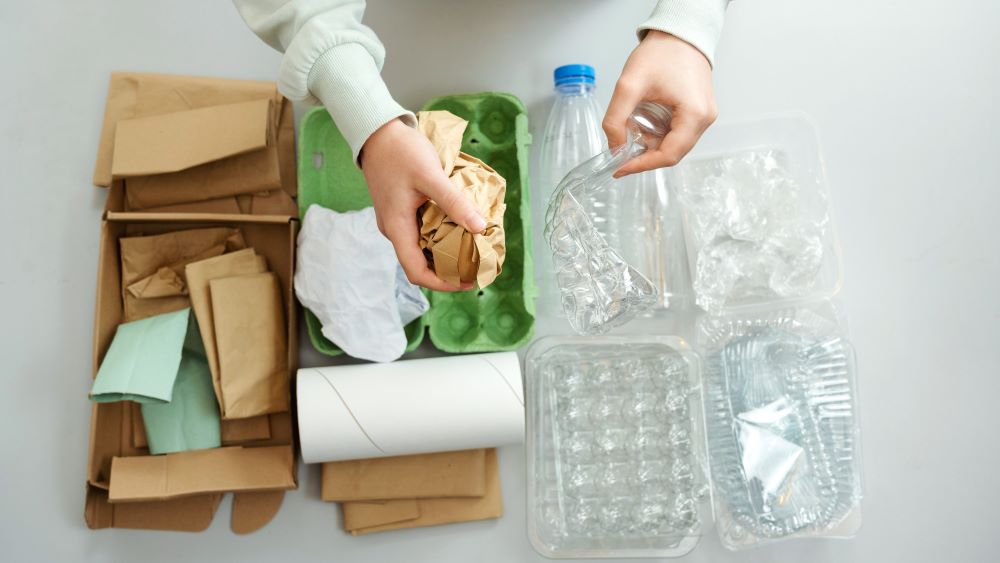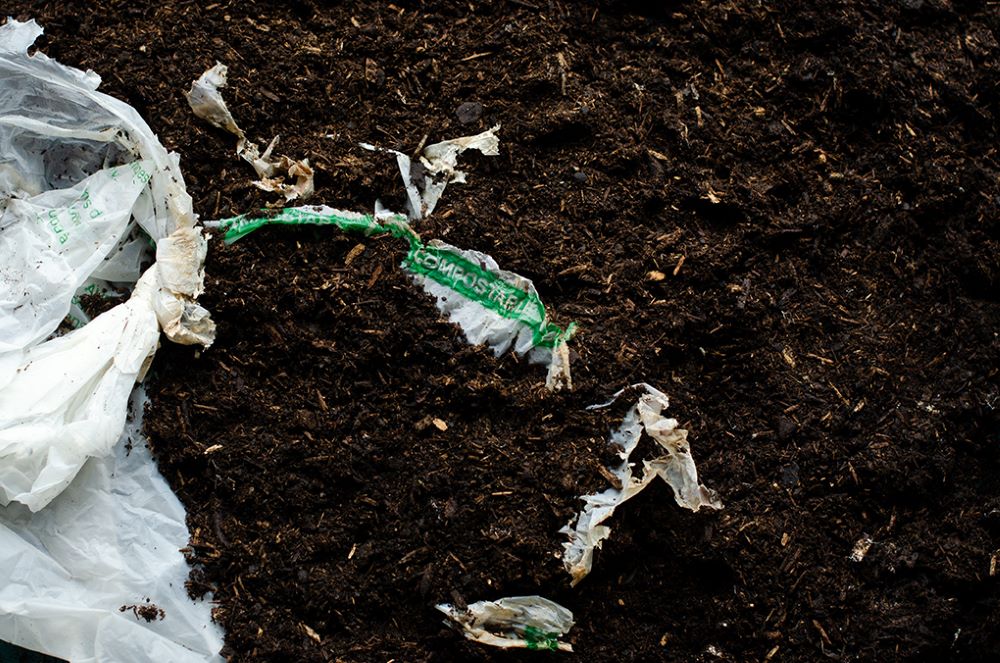Recent Posts
- Home
- Elevate Blog
- Compostable Packaging and Extended Producer Responsibility
Compostable Packaging and Extended Producer Responsibility
Posted on

Almost everything we purchase online or from a store usually comes in some sort of packaging. Whether they are boxes, plastic wrappers, or bags, these packaging materials often end their journey as waste, with a significant portion ending up in landfills.
Extended Producer Responsibility (EPR) is a policy framework that aims to shift the responsibility for managing product life cycles from consumers onto the shoulders of the producers themselves. In simpler terms, EPR tells producers, "Hey, you need to think about what happens to your packaging after it's served its purpose. It shouldn't just become someone else's problem to deal with."
This approach encourages businesses to design products and packaging with end-of-life in mind, focusing on reducing waste, promoting reuse, and prioritizing recycling to minimize their environmental footprint. But what if that packaging could be more than just waste?
Compostable packaging offers a unique opportunity to turn waste into something valuable for our planet. By breaking down into nutrient-rich compost instead of accumulating in landfills, compostable packaging perfectly aligns with the principles of EPR, presenting a more sustainable and responsible approach to product packaging.
The Role of Compostable Packaging in EPR
Compostable packaging goes hand-in-hand with EPR's core goals in several ways:
- Minimizing Waste: Compostable packaging breaks down naturally, leaving no harmful residues behind, significantly reducing the amount of waste ending up in landfills.
- Embracing Renewables: Compostable materials often come from renewable resources, like plant starches, further aligning with EPR's focus on sustainability.
- Facilitating Proper Disposal: When paired with composting programs such as the Compost Stewardship Institute, compostable packaging ensures its end-of-life contributes positively to the environment rather than becoming a burden.

Beyond waste reduction, choosing compostable packaging offers your business a range of advantages:
- Demonstrate Environmental Leadership: Compostable packaging shows your customers and the community that your business is committed to sustainability and willing to take concrete steps to protect our planet.
- Take Responsibility: It aligns your business with EPR principles by taking responsibility for the entire lifecycle of your products' packaging, ensuring that it has a minimal environmental impact.
- Meet Consumer Demand: More consumers are looking for eco-friendly products and packaging. By offering compostable packaging, you can attract environmentally conscious customers and enhance your brand's image.
- Contribute to a Circular Economy: Compostable packaging supports the idea of a circular economy, where materials are kept in use for as long as possible, and waste is minimized.
Taking Action: Implementing Compostable Packaging with EPR
For small businesses, embracing EPR through compostable packaging offers a unique opportunity to stand out in the market, cater to eco-conscious customers, and significantly reduce waste and pollution. By investing in sustainable packaging solutions, small businesses become key players in the global movement towards environmental responsibility and conscious consumerism.
Here's how you can get started:
- Evaluate Your Current Packaging: Start by taking stock of the materials you currently use for packaging. Identify items that are non-recyclable, non-reusable, or particularly harmful to the environment.
- Research Compostable Alternatives: Explore compostable packaging materials that could replace your current options. Look for materials tested to break down into safe, nutrient-rich compost.
- Educate Your Customers: Educating customers on proper disposal is a crucial aspect of EPR. Include clear information on your packaging or website, explaining how customers can compost the packaging at home or locate local composting facilities.
- Advocate for Composting Infrastructure: In areas with limited access to composting facilities, your business can advocate for improved infrastructure, benefiting the entire community and the environment. Or you could partner with programs such as the Compost Stewardship Institute to provide your own compostable packaging take-back program.
- Monitor and Improve: Implement a system to track the effectiveness of your switch to compostable packaging. Gather customer feedback and be open to continuous improvement. Remember, sustainability is a journey, and ongoing refinements are essential.

Acknowledging the hurdles, such as the necessity for accessible industrial composting facilities and consumer education, is crucial.
For compostable packaging to genuinely contribute to environmental sustainability, we must bridge this gap and ensure that these materials are processed correctly in real-world composting facilities. Clear labeling and guidance are essential for consumers to understand how to dispose of compostable packaging properly, further emphasizing the role of education in achieving the full potential of compostable packaging.
The journey of compostable packaging shows how innovation, collaboration, and dedication can address significant environmental challenges. It underscores the importance of connecting brands with composting facilities to ensure the seamless transition of compostable materials from consumers to composters. This connection not only aids in reducing waste but also plays a crucial role in nurturing our planet for future generations.
Read More: Ensuring the Success of Compostable Packaging
Compostable packaging, in harmony with EPR principles, paves the way towards a more sustainable future. This approach not only mitigates environmental damage but also inspires collective responsibility among businesses and consumers.
 Loading... Please wait...
Loading... Please wait...


